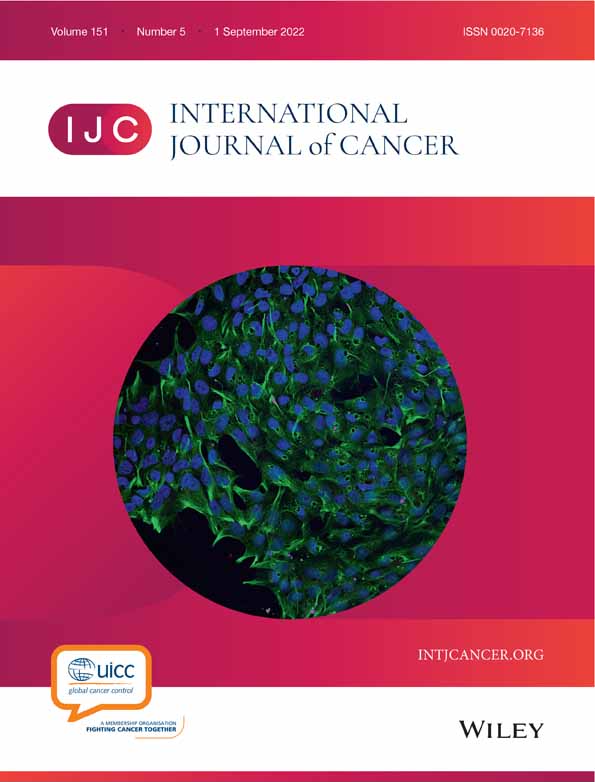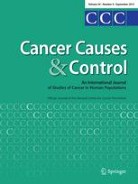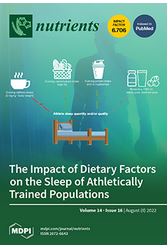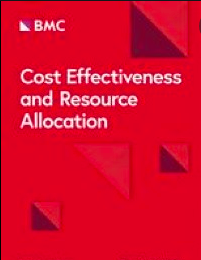Diet-wide association study of 92 foods and nutrients and lung cancer risk in the European Prospective Investigation into Cancer and Nutrition study and the Netherlands Cohort Study
It is unclear whether diet, and in particular certain foods or nutrients, are associated with lung cancer risk. We assessed associations of 92 dietary factors with lung cancer risk in 327,790 participants in the European Prospective Investigation into Cancer and Nutrition (EPIC). Cox regression yielded adjusted hazard ratios (HRs) and 95% confidence intervals (CIs) per…












